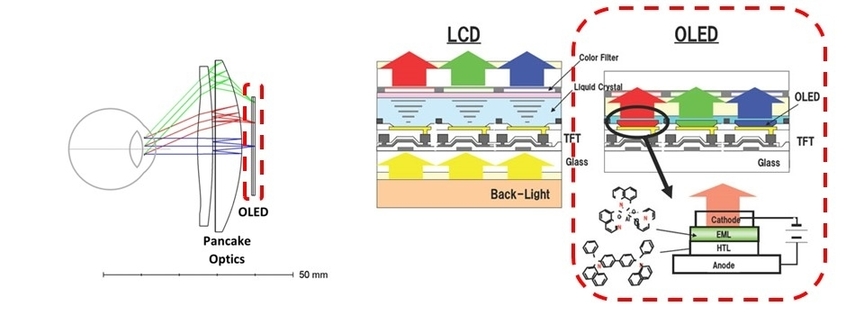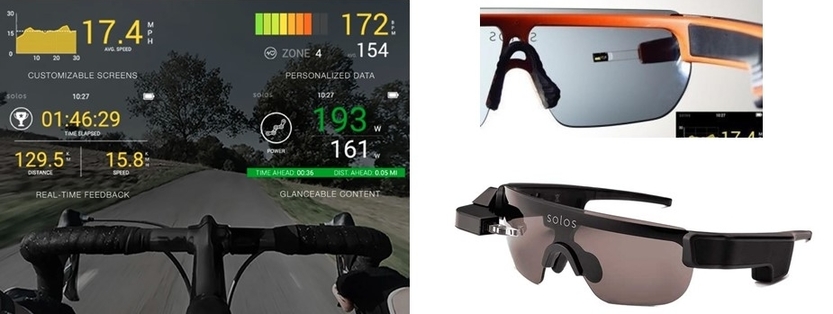Mobile Computing help Cycling Team Training to Win Olympics Medal

The Technology: Integrated Optics for Wearable Computer
Wearables may be for general use, in which case they are just a particularly small example of mobile computing. The tiny display, focus on your eye, is actually a mini projection system. The display came from the organic light-emitting diode (OLED) go through a projection lens (pancake optics). OLEDs can be made flexible and transparent, with transparent displays being used in smartphones with optical fingerprint scanners and flexible displays being used in foldable smartphones.

The Need: bike computer + display monitor
Many professional cyclists use bike computers to track metrics such as how many watts of power they are exerting and the cadence of their pedal stroke. Many cyclists also use heart rate monitors strapped around their chests or wrists, and are eyeing some of the newer, more in-depth wearables, such as lactate threshold monitors. The data helps the athletes gain insights on the training and maximize their energy expenditure.
The Solution: Smart Glass
The technology works similarly to that of the no-longer-for-sale Google Glass. A phone app integrates the data from the various devices and sends it wirelessly to the electronics integrated in the frame of the shades. A very small optics module in front of one side of the sunglasses contains the micro-display that presents the data on a virtual screen in the rider’s field of view. An audio feed of the data reaches the rider through an ear piece. Biomechanics expert Ernesto Martinez was hired to create the smart glasses, which backend technology created by IBM to process and display the training data.
The shades display in real-time performance metrics culled from the athletes’ bike sensors, heart rate monitors, and other self-tracking devices, enabling riders to view their critical stats without taking their eyes off the road.
History Behind the Smart Glass
In 1985, John Fan a Ph.D in Applied Physics from Harvard University started Kopin with a group of MIT engineers and scientists. Kopin has been providing critical components and solutions for wearable products for military, enterprise, industrial, medical and consumer markets since 1990. Kopin’s micro-display technology dates back to 1992, when the company received $10 million in funding from U.S. Defense Advanced Research Projects Agency (DARPA) to develop wearable computer displays for soldiers in the field, i.e. heads-up display (HUD).
The company’s patented tech is that 4mm-wide micro display that sits on the outside of the glasses. Kopin’s optics engineers found a way to beam information onto that tiny screen, and it fuels much of the company’s military and consumer heads-up display products.